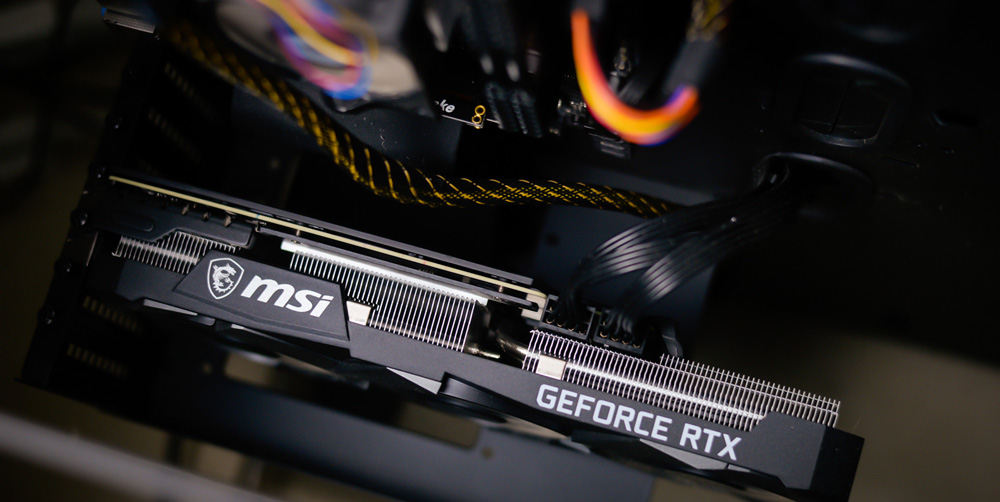The Federal Reserve rose its benchmark interest rate by half a percentage point on Wednesday, one day after inflation figures showed prices up 7.1 percent year-over-year.
The hike was smaller than the Fed's last four straight jumbo 0.75 percent hikes. Wednesday's increase was the seventh this year and set rates at 4.25 to 4.5 percent, the highest in 15 years - further increasing borrowing costs for businesses and consumers.
Chair Jerome Powell, who is leading the central bank on a tight line between tamping down inflation and triggering a recession, promised there would be 'some pain' for Americans as the Fed tried to cool off the market.
'Our overarching focus is using our tools to bring inflation back down to our 2% goal,' Powell said in a news conference Wednesday. 'Reducing inflation is likely to require a sustained period of below-trend growth and some softening of labor market conditions.'
The Labor Department's Tuesday report on the consumer price index (CPI) showed inflation still remains uncomfortably high, but has fallen well below its recent peak of 9.1 percent in June.
Inflation data in both October and November 'show a welcome reduction in price increases,' Powell said, but the Fed needs to see 'substantially more evidence' to be assured inflation is trending down.
Powell said the peak benchmark interest rate could reach 5 percent. 'Restoring price stability will likely require maintaining a restrictive policy stance for some time.'
Fed Chair Jerome Powell has said he is tracking price trends in three different categories to best understand the likely path of inflation: Goods, housing, and services
November's 7.1 percent annual inflation rate was lower than economists had expected, and marked the lowest 12-month increase since December 2021.
At the same time, the Fed is expected to signal that it is planning more rate hikes next year than it previously forecast to try to conquer the worst inflation bout in four decades. And most economists think Chair Jerome Powell will stress that the Fed will likely keep its benchmark rate at its high point through next year, even after the hikes have ended.
When the Fed raises interest rates it seeps into all sectors - driving up the cost of credit card debt, mortgages, auto loans and federal student loans. Since most Americans use credit cards to pay for food and basic goods, they'll still end up paying higher prices even if inflation falls if they don't pay off their credit cards every month.
On the plus side, those who have money in savings accounts will see greater returns under higher rates.
Earlier this week Treasury Sec. Janet Yellen admitted the U.S. is still at risk of falling into recession and said she does not expect inflation to be under control until late next year.
'I believe by the end of next year you will see much lower inflation if there's not … an unanticipated shock,' Yellen told CBS 60 Minutes on Sunday.
'There's a risk of a recession,' Yellen added. 'But it certainly isn't, in my view, something that is necessary to bring inflation down.'
The new CPI report showed that core inflation, excluding volatile food and energy prices, increased at a 6 percent annual rate last month, down from September's peak of 6.7 percent.
Grocery prices remain especially elevated, with food at home rising 12 percent in November from one year ago. Rent also rose uncomfortably fast, jumping 7.9 percent on the year in the new report.
But real-time measures of apartment rents and home prices are starting to drop after soaring at the height of the pandemic, changes that will not appear in the CPI report until next year.
Used car prices, which had skyrocketed 45 percent in June 2021 compared with a year earlier, have fallen for most of this year. In November, their year-over-year prices actually declined 3.3 percent.
Other goods, particularly electronics, showed strong signs of moderating, with television prices down 17 percent from last year, and smartphones dropping 23 percent.
Consumers also got some relief in the form of falling gas prices, which dropped 3.6 percent from October to November.
On Monday, the national average price of gas was $3.26, down 52 cents from last month and six cents less than a year ago, according to AAA.
Inflation in the US continues to moderate, rising at an annual rate of 7.1 percent in November in the fifth-straight month of declines
Inflation still remains uncomfortably high, but has fallen well below its recent peak of 9.1 percent in June


















 English (United States) ·
English (United States) ·